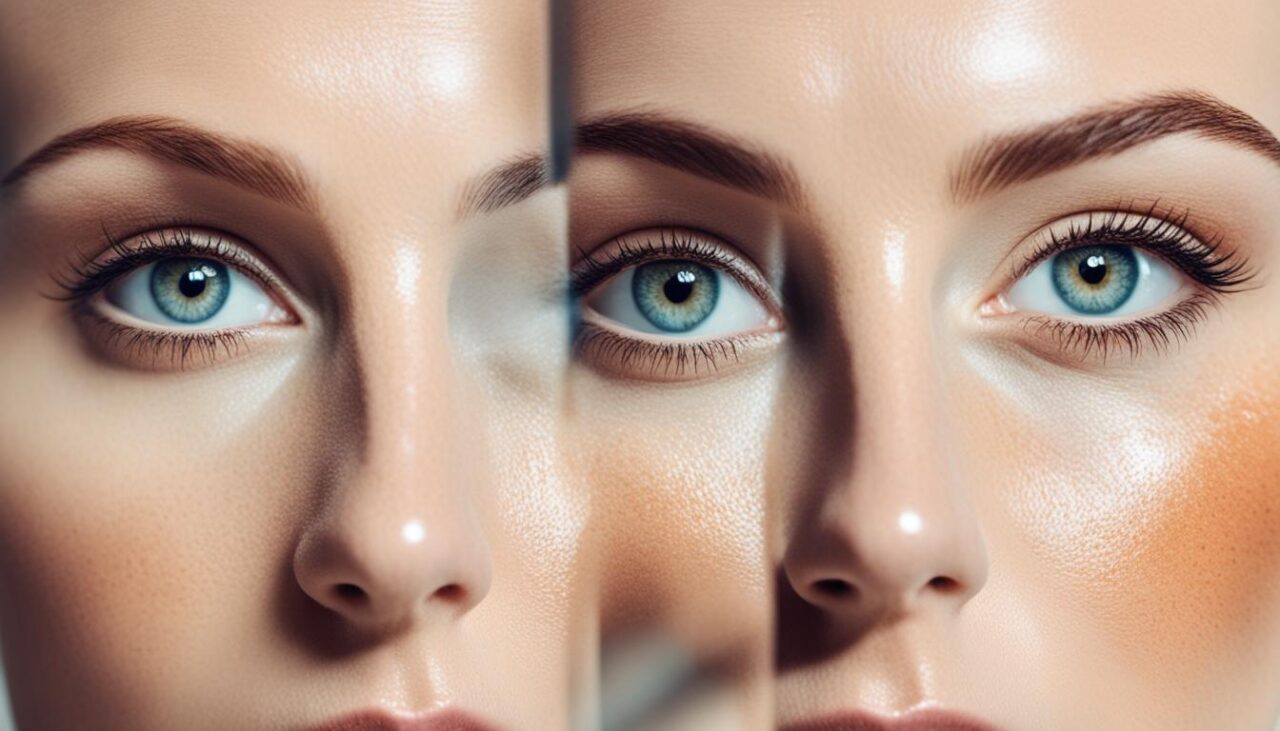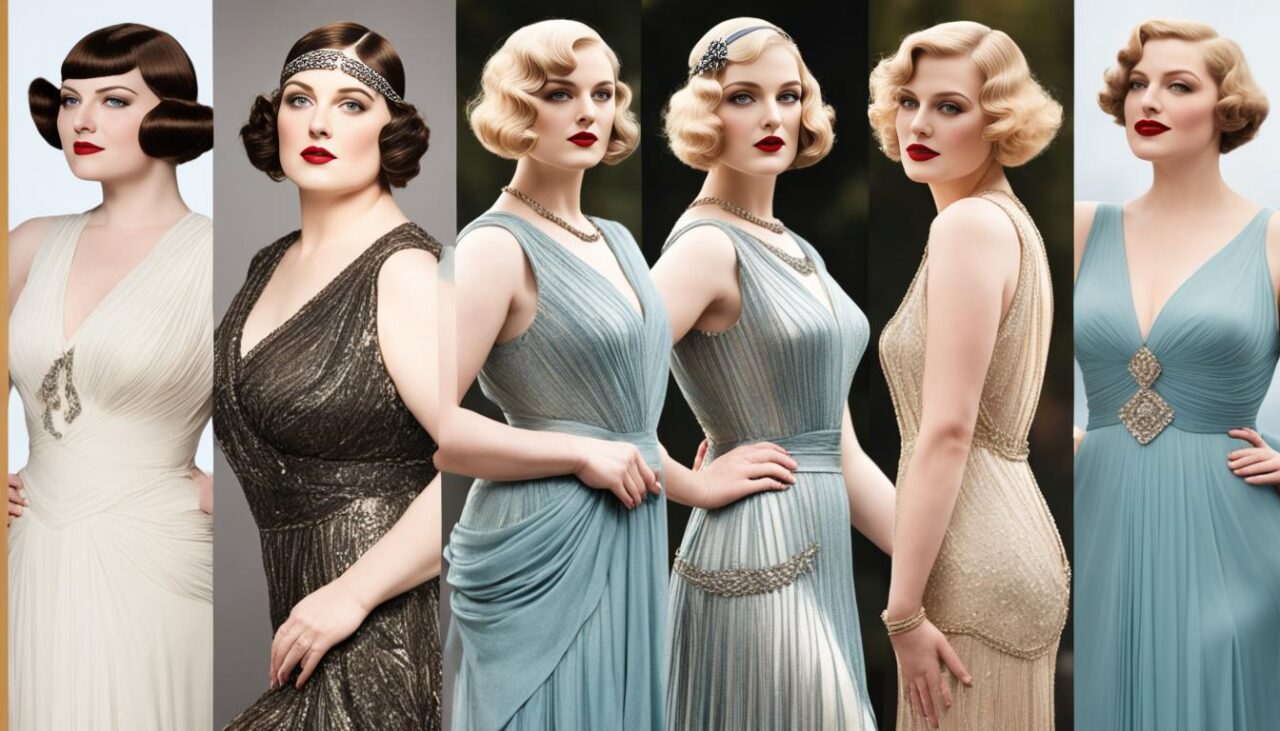Welcome to our insightful exploration of how media influences our beauty standards. In today's visually driven society, media platforms hold immense power in shaping our perceptions of attractiveness. Through the pervasive influence of visual media, including advertisements, TV shows, and social media platforms, our ideals of beauty are continuously evolving. By understanding the impact of media on our beauty ideals, we can gain valuable insights into the changing beauty standards that permeate our society.
The Power of Visual Media in Defining Beauty
Visual media holds immense power when it comes to defining and shaping our beauty expectations. Through various mediums such as magazines, movies, and online platforms, media influences our perception of beauty, dictating what is considered attractive in society.
Magazines, often filled with meticulously edited images of flawless models, set unrealistic standards that many individuals strive to achieve. These idealized portrayals create a sense of aspiration and desire for physical perfection. Similarly, movies and television shows often showcase an idealized version of beauty, further reinforcing certain beauty ideals.
Online platforms, especially social media, have revolutionized the way beauty standards are shaped. With the rise of influencers and beauty gurus, individuals are constantly exposed to curated and edited images of idealized beauty. These platforms not only showcase beauty ideals but also allow for direct comparison between oneself and others, leading to heightened self-consciousness and an emphasis on appearance.
Visual media's impact on beauty expectations extends beyond personal perceptions and can shape societal norms. By consistently showcasing certain beauty ideals, media perpetuates a narrow definition of beauty and excludes individuals who do not fit into these standards. This can lead to feelings of inadequacy and exclusion for those who do not conform to societal beauty norms.

The image above illustrates the influence of visual media on our beauty expectations. As we consume media content, these images become ingrained in our consciousness, influencing our perception of what is considered attractive and desirable.
By understanding the power of visual media in defining beauty, we can become more aware of the unrealistic standards presented and mitigate their negative impact. Developing a critical eye towards media representations and fostering inclusivity in beauty standards is crucial for promoting a more diverse and inclusive definition of beauty.
The Evolution of Beauty Standards Through Media
Over the years, media has played a significant role in shaping and influencing society's beauty standards. Through various mediums such as print, television, and digital platforms, media has portrayed and perpetuated certain beauty ideals, leading to the evolution of beauty standards.
As visual media became more prevalent, people's perceptions of beauty started to change. The images and messages conveyed through advertisements, movies, and magazines have consistently influenced our understanding of what is considered beautiful. These portrayals often adhere to specific beauty ideals, which can vary across different cultures, eras, and trends.

“Media plays a crucial role in shaping our perception of beauty, causing us to constantly compare ourselves to unrealistic standards.” – Beauty expert Jane Brown
Throughout history, beauty standards have gone through various transformations due to media influence. In the 1920s, the media embraced the idea of the “flapper” with its boyish figure, short hair, and bold fashion choices. In contrast, the 1950s saw a shift towards a more curvaceous figure, epitomized by iconic actresses like Marilyn Monroe. These changes were not solely driven by the media but were undoubtedly amplified and disseminated by it.
Factors such as cultural shifts, societal norms, and influential figures in media have all played a role in shaping beauty ideals. The rise of influential fashion magazines, the emergence of Hollywood celebrities, and the advent of social media platforms have all contributed to the continuous evolution of beauty standards.
Beauty Ideals Across Cultures
The influence of media on beauty standards extends beyond national borders. Different cultures have their distinct beauty ideals, largely influenced by the media representations within their societies. For example, in Western cultures, the media often promotes slim figures as the epitome of beauty, while in some African and Latin American cultures, curvier body types are celebrated.
It is important to recognize that beauty standards are not fixed and can vary significantly. The impact of media on beauty ideals reflects the ever-changing nature of society and its perception of beauty. As media continues to evolve, so too will the beauty standards it portrays.
By understanding the historical shifts in beauty standards and their connection to media influence, we can critically analyze the messages and images perpetuated by media platforms. This awareness empowers individuals to question and challenge the unrealistic beauty expectations set by the media, promoting a more inclusive and diverse representation of beauty.
Media's Influence on Beauty Perceptions and Self-Esteem
In today's society, the impact of media on individuals' beauty perceptions and self-esteem cannot be underestimated. Constant exposure to unrealistic beauty standards showcased in various forms of visual media has a profound effect on one's self-image and contributes to feelings of body dissatisfaction. As we delve into the psychological implications of media influence, we can uncover strategies to navigate and combat the negative effects on self-esteem.
Visual media, such as advertisements, TV shows, and social media platforms, play a significant role in shaping beauty expectations. These platforms often present a narrow and idealized view of beauty, perpetuating unattainable standards. When individuals continuously encounter these images, it can lead to a distorted self-perception and a sense of inadequacy.
Moreover, the influence of media extends beyond physical appearance. It also affects the way individuals perceive their overall worth and value. These unrealistic beauty ideals can create a feeling of pressure to conform, negatively impacting self-esteem and mental well-being.
It is crucial to recognize the power of media in shaping beauty ideals and understand its potential consequences. By developing media literacy skills and critically evaluating the messages conveyed, individuals can better navigate the influence of visual media. Additionally, embracing diverse representations of beauty and promoting body positivity in media can help challenge the narrow beauty expectations perpetuated by the industry.







